Quick Takeaways
- Watch for persistent sadness, irritability, or loss of interest that lasts more than two weeks.
- Changes in sleep, appetite, grades, or friendships can be red flags.
- Early intervention-talk, seek help, and connect with professionals-greatly improves outcomes.
- School counselors, primary care doctors, and crisis hotlines are ready to support.
- Building a supportive home environment reduces the risk of worsening depression.
When a teen starts acting "off," parents, teachers, and coaches often chalk it up to hormonal swings or the stress of school. But beneath the surface, a depressive disorder in teens is a clinical condition marked by persistent low mood, loss of interest, and functional impairment that can develop during adolescence may be taking hold. Spotting the warning signs early can mean the difference between a brief slump and a long‑term struggle.
What Is Adolescent Depression?
Adolescent depression, sometimes called major depressive disorder a mood disorder characterized by at least two weeks of depressed mood or loss of interest, accompanied by other symptoms such as sleep changes, appetite shifts, and feelings of worthlessness, is more than just a “phase.” According to the World Health Organization, roughly one in five teenagers will experience a depressive episode before adulthood. The brain is still wiring up, hormones are flooding, and social pressures are intense-making this age group uniquely vulnerable.
Core Warning Signs to Keep an Eye On
The symptoms don’t all appear at once, but a cluster of the following should raise concern:
- Mood Swings frequent shifts between irritability, sadness, or emotional numbness lasting more than a few days
- Sleep Disturbance insomnia, early waking, or excessive sleeping that deviates from the teen’s normal pattern
- Appetite Change significant weight loss or gain, often linked to loss of interest in food or emotional eating
- Social Withdrawal avoiding friends, family, or activities that were once enjoyed, sometimes isolating in their room
- Academic Decline dropping grades, missed assignments, or a sudden lack of motivation to attend school
- Self‑Harm cutting, burning, or other intentional injury to cope with emotional pain
- Suicidal Thoughts expressing hopelessness, talking about death, or making plans to end their life
Normal Teen Mood vs. Clinical Depression
Not every bad day is a crisis. Below is a quick side‑by‑side view that helps separate typical teenage turbulence from a potential depressive episode a period where depressive symptoms meet clinical criteria and impair daily functioning:
| Aspect | Typical Teen Mood | Possible Depression |
|---|---|---|
| Duration | Hours to a few days | Two weeks or more |
| Intensity | Situational, improves with distraction | Persistent, intrusive thoughts |
| Function | Still attends school, social events | Withdraws, grades drop sharply |
| Physical Symptoms | Occasional fatigue | Sleep/ appetite changes, aches, pains |
| Self‑Perception | Self‑criticism, but still hopeful | Feel worthless, hopelessness |
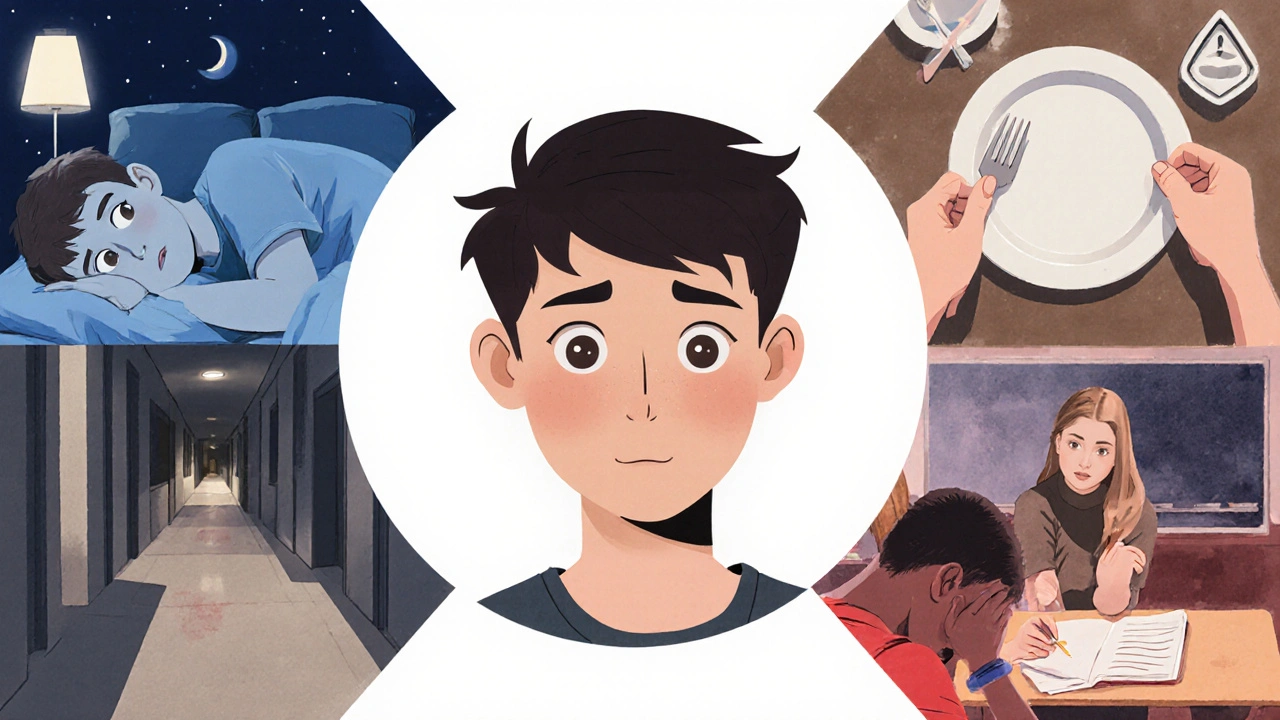
First Steps to Take When You Notice Warning Signs
- Start a Calm Conversation. Choose a private, quiet moment. Use "I" statements-"I’ve noticed you seem down lately-what’s on your mind?" Avoid accusations.
- Validate Their Feelings. Let them know it’s okay to feel sad and that you’re there to listen, not to judge.
- Document Specific Behaviors. Write down dates, changes in sleep, school performance, or any self‑harm incidents. This helps professionals assess severity.
- Seek Professional Help. Contact the teen’s primary care physician or a school counselor. If there’s any hint of suicidal intent, call emergency services immediately.
- Limit Access to Means. Secure medications, firearms, or sharp objects while you arrange care.
- Encourage Healthy Routines. Gentle exercise, regular meals, and consistent sleep can stabilize mood while therapy begins.
- Stay Involved. Follow up after appointments, attend therapy sessions when appropriate, and keep communication open.
Therapeutic Options and Resources
Professional treatment is the cornerstone of recovery. Common evidence‑based approaches include:
- Cognitive Behavioral Therapy (CBT) a short‑term, goal‑oriented psychotherapy that helps teens identify and reframe negative thought patterns
- Interpersonal Therapy (IPT) - focuses on relationships and social skills.
- Medication-selective serotonin reuptake inhibitors (SSRIs) are frequently prescribed when symptoms are moderate to severe.
- School‑Based Programs-many districts offer mental‑health days, counseling, and peer‑support groups.
In New Zealand, the Suicide Prevention Helpline (0800826823) is free and available 24/7. For Australian readers, Lifeline (131114) offers similar support. Online resources like the Youth Mental Health Foundation provide age‑specific guides and crisis chat options.
Building Resilience and Preventing Escalation
While professional help addresses existing depression, families can cultivate an environment that lowers future risk:
- Promote Open Dialogue. Regular family meals or check‑ins make it easier for teens to share struggles.
- Model Healthy Coping. Show how you handle stress-exercise, hobbies, or talking with friends.
- Set Reasonable Expectations. Avoid pressure to excel in every domain; celebrate effort over outcome.
- Monitor Social Media Use. Excessive scrolling can amplify feelings of inadequacy. Encourage breaks and offline activities.
- Foster Strong Peer Connections. Support groups or clubs give teens a sense of belonging.
Research from the University of Auckland in 2023 found that teens who engaged in weekly family “talk‑time” were 30% less likely to report depressive symptoms a year later.
When to Call Emergency Services
If a teen mentions a concrete plan, obtains means, or displays self‑harm behavior, treat it as a medical emergency. In New Zealand, dial 111; in the U.S., call 988 (Suicide & Crisis Lifeline). Never leave a teen alone when you suspect imminent danger.

Frequently Asked Questions
How long must symptoms last before it’s considered depression?
Clinically, symptoms need to persist for at least two weeks and cause noticeable impairment in daily life. Shorter periods may still signal distress but don’t meet formal criteria.
Can a teen be diagnosed with depression without medication?
Yes. Many adolescents respond well to therapy alone, especially when symptoms are mild to moderate. Medication is usually added when therapy isn’t enough or symptoms are severe.
What role do schools play in identifying depression?
Teachers and counselors can spot changes in attendance, grades, or behavior. Many schools have screening tools and referral pathways to mental‑health services.
Is social media a primary cause of teen depression?
It’s a contributing factor, not the sole cause. Studies link excessive use to lower self‑esteem and sleep problems, which can aggravate underlying mood issues.
How can I support a teen who is already in therapy?
Attend scheduled family sessions if invited, respect privacy boundaries, encourage consistent attendance, and reinforce coping skills discussed in therapy.

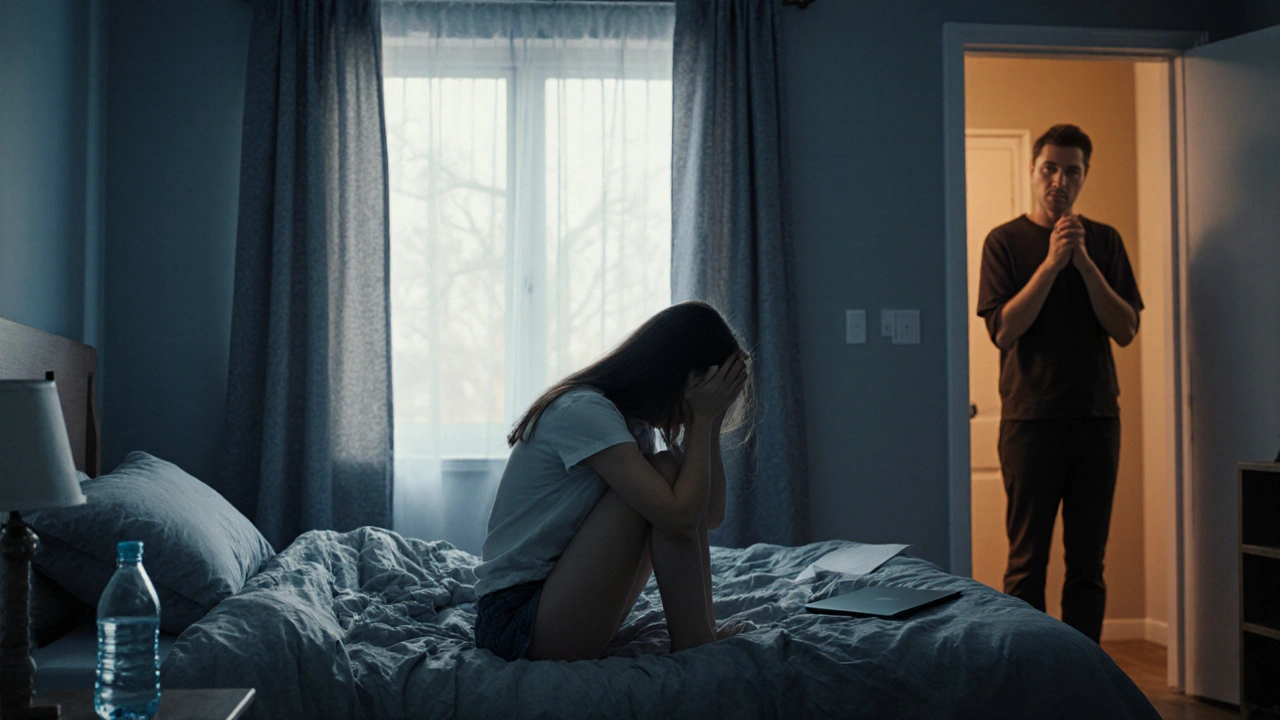

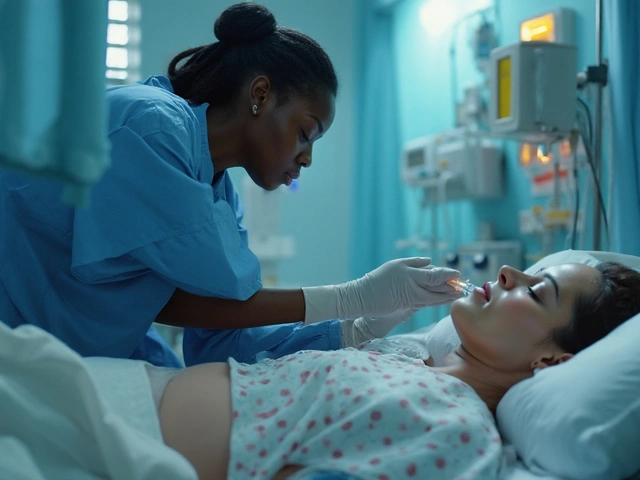

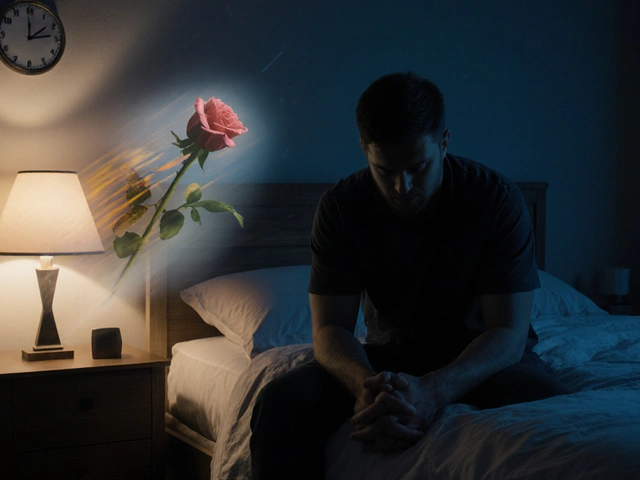

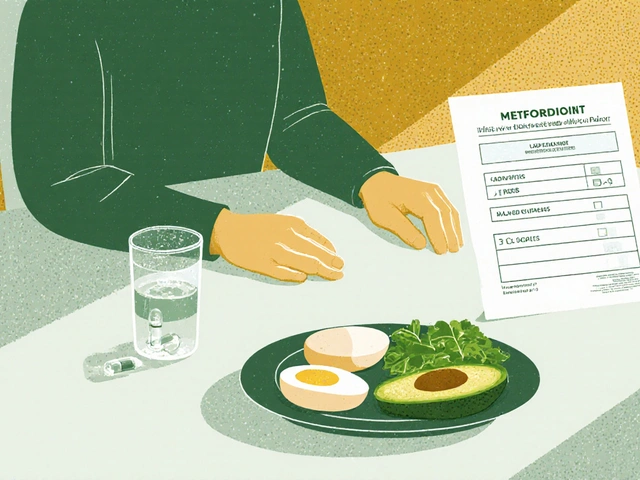
13 comments
Alex Ramos
Look, the signs listed aren’t just vague fluff; they’re concrete, observable changes you can actually track-persistent sadness, irritability, a sudden drop in grades, or a teen isolating themselves for weeks on end; you don’t need a psychology degree to notice these patterns, you need to pay attention, and you need to act fast.
Mita Son
omg i totally get it, when my cousin started skipping meals and sleeping all day i thought she was just "being dramatic"-but then she stopped answering texts and her mom found a note about self‑harm. it’s scary how quickly things can spiral if you ignore the red flags.
ariel javier
Frankly, the article oversimplifies the clinical criteria; a two‑week duration is merely the baseline for diagnosis, yet many practitioners require functional impairment and a constellation of symptoms before labeling a teen depressed. Moreover, the emphasis on “talk‑time” without professional guidance can be dangerously negligent. Parents must seek qualified assessments rather than rely on anecdotal observations.
Bryan L
Hey, I’ve seen families who just sit down and genuinely listen-no judgment, just empathy 🙂. Validating a teen’s feelings and letting them know you’re there can create a safe space that encourages them to open up and accept help.
joseph rozwood
Honestly, the whole “quick takeaways” section feels like a lazy checklist-yeah, the points are accurate, but where’s the depth? Teens are complex, and reducing their experience to bullet points borders on condescension. A more nuanced discussion about neurodevelopmental factors would have been welcome, not this surface‑level fluff.
Also, there are several typos that undermine credibility-"depresive" instead of "depressive" is a glaring oversight.
Richard Walker
I appreciate the balanced tone of the piece; it neither sensationalizes nor dismisses the seriousness of adolescent depression. Encouraging open dialogue while providing practical steps strikes a good middle ground for both caregivers and professionals.
Julien Martin
From a therapeutic standpoint, the mention of CBT and IPT aligns with evidence‑based protocols; however, integrating terminology like “cognitive restructuring” and “interpersonal deficits” could help caregivers grasp the mechanisms behind these interventions.
Jason Oeltjen
While I commend the intent, it’s disconcerting that the article skirts around the potential side effects of SSRIs-weight gain, emotional blunting, and rare suicidal ideation in adolescents are real concerns that deserve transparency.
Mark Vondrasek
Oh, so now we’re supposed to become amateur psychiatrists overnight? Let’s break it down: first, you spot the signs-persistent low mood, withdrawal, sleep disruption. Second, you have the nerve to ask a teen how they’re feeling without sounding like an interrogator. Third, you document every little shift, because apparently a spreadsheet will save a life. Fourth, you call the school counselor, who might be overworked and under‑trained. Fifth, you secure any weapons or medications, which is easier said than done in any household. Sixth, you push for therapy, which can be a waiting‑list nightmare. Seventh, you consider medication, which carries its own risk profile. Eighth, you keep the teen engaged, despite teenhood being a period of rebellion. Ninth, you monitor social media, which is a black hole of comparison. Tenth, you maintain your own mental health while juggling all this. Eleventh, you try to stay hopeful while the system often feels bureaucratic. Twelfth, you read endless articles like this one, hoping for a silver bullet. Thirteenth, you realize that no single guide can cover every nuance. Fourteenth, you accept that professional help is indispensable. Fifteenth, you understand that the only constant is change, and you must adapt constantly. Sixteenth, you breathe.
Joshua Agabu
Kids need help fast.
Lolita Rosa
It’s infuriating how often America ignores the plight of its own youth while bragging about “freedom.” We need to prioritize mental health before it becomes a national crisis.
Matthew Platts
Totally agree-let’s keep the conversation going and support each other. Small steps can make a huge difference for teens who feel alone.
Matthew Bates
From a clinical perspective, it is essential to note that the DSM‑5 criteria require not only a two‑week duration but also at least five symptomatic manifestations causing clinically significant distress or impairment; therefore, a comprehensive assessment is paramount.